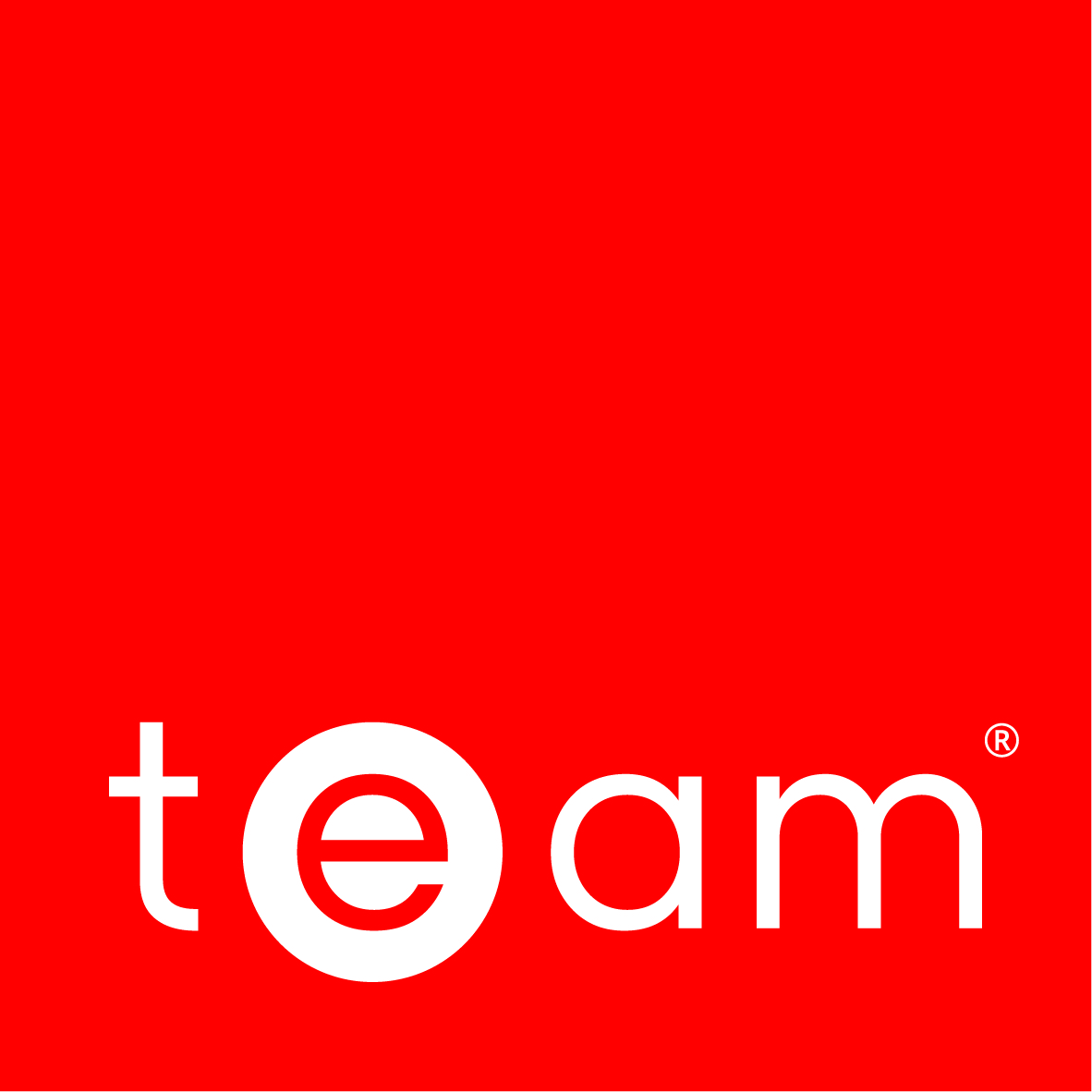The new Streamlined Energy and Carbon Reporting (SECR) framework was introduced in April 2019 to encourage organisations to reduce their energy by 20% by 2030.
Approximately 11,900 organisations are affected and will be required to report on their energy consumption and carbon emissions at the end of their financial year.
Who needs to comply with SECR?
The businesses who will need to comply with these reporting requirements fall into the following groups:
- Quoted companies of any size that are already obliged to report under mandatory greenhouse gas reporting regulations.
- UK registered, unquoted companies incorporated in the UK that meet the definition of ‘large’ under the Companies Act 2006 will have new reporting obligations. This applies to registered and unregistered companies. Note that the criteria for ‘large’ differs from the ESOS Regulations.
- ‘Large’ Limited Liability Partnerships (LLPs) will be required to prepare and file an ‘Energy and Carbon Report’.
Unquoted companies or LLPs are defined as ‘large’ if they meet at least two of the following three criteria in a reporting year:
- a turnover of £36m or more;
- a balance sheet of £18m or more; or
- 250 employees or more.
So, if you do meet the qualifying criteria, it’s essential to act. Investing the time to define, establish and maintain a robust reporting framework will provide invaluable long-term compliance assurance. If environmental reporting is new to you, starting this process may take longer.
Building the foundation of environmental reporting
Here are a few factors to help you get prepared:
- Maximise and unify all your data collection processes. Do you already have a good system in place for existing compliance requirements (ESOS, for example)? Will it be easy to aggregate your data so you can streamline reporting? Without data consistency, it will be hard to make meaningful assessments.
- Set regular intervals for data collection: monthly or quarterly. Data recording is an ongoing monitoring process and will eliminate the stress of last-minute data collection. It will also ensure that data is accurate, complete and consistent and give you time to fix any anomalies.
- Selecting an appropriate intensity ratio will allow you to make more sense of your data and measure any changes against a parameter that is most relevant to your organisation. This might be, for example, turnover, floor area or sales volume. The government doesn’t specify metrics, these vary from sector to sector, so it is up to you to decide.
- Think about your organisation’s reputation and Corporate Social Responsibility and consider the next aspects of SECR reporting. This is where you make useful and appropriate decisions on strategies for reducing energy use and thereby, your greenhouse gas emissions.
- Seek to influence a wide audience throughout the business, including senior management and relevant external stakeholders. Meeting a compliance timetable will be best achieved if roles and responsibilities are set and processes are fully communicated.
If you are unsure about any aspect of the reporting process and would like help and guidance on becoming fully compliant through SECR, contact us today or read more about our SECR services.
